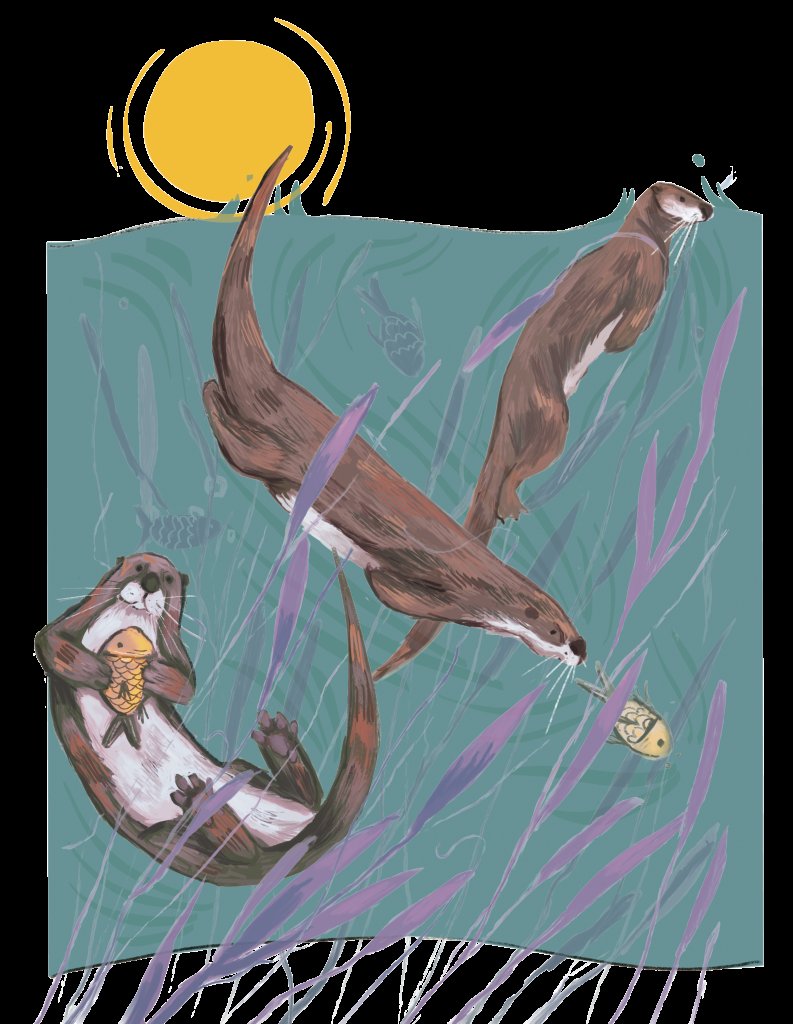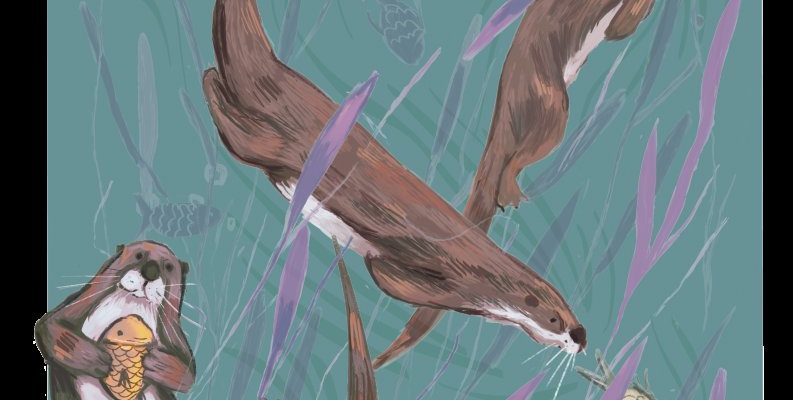
The evolutionary history of the sea otter is a remarkable story of adaptation and survival. From their land-dwelling ancestors to their current status as marine superstars, these creatures have faced challenges that shaped their development. Let’s dive into this captivating narrative, exploring where they came from, how they’ve changed, and why understanding their evolution matters.
Ancient Origins: The Ancestry of Otters
To really grasp the evolutionary history of the sea otter, we need to take a step back in time. Sea otters, like all otters, belong to the Mustelidae family, which also includes weasels, badgers, and ferrets. Their closest relatives are actually the river otters, which we might see splashing around freshwater bodies. This family tree suggests that all otters share a common ancestor.
Researchers believe that otters first appeared around 30 million years ago. The earliest known ancestors inhabited land and were quite different from the sleek swimmers we adore today. As these creatures made their way back to the water, they faced new challenges—like finding food in an aquatic environment. This led to significant changes in their bodies over millions of years. You might say they adapted their “life jackets” and “swimming goggles” to thrive in the ocean.
From Land to Water: The Transition to Marine Life
The shift from land to water wasn’t just a casual stroll; it was a fundamental transformation. As ancient otters ventured into the sea, they had to develop key adaptations. Their bodies became streamlined for swimming, and they grew thicker fur to keep warm in chilly waters. In fact, the sea otter possesses the densest fur of any animal—up to one million hair follicles per square inch! Imagine that cozy, protective layer!
Another major adaptation was the evolution of their diet. While their ancestors may have primarily foraged on land, sea otters became adept hunters. They learned to crack open hard-shelled prey like sea urchins and clams using rocks. Talk about a handy tool! This newfound skill allowed them to exploit food sources that many other marine mammals couldn’t reach, solidifying their niche in the ecosystem.
The Rise of the Sea Otter: A Unique Species
By about 10 million years ago, sea otters as we know them had emerged. They evolved into highly specialized marine mammals. Unlike other marine hunters, sea otters do not have a thick layer of blubber; instead, they rely on their dense fur for insulation. This makes them unique among marine mammals, and their reliance on fur sets them apart from seals and whales.
Being such specialized hunters, sea otters play a crucial role in their environment. They help maintain the balance of kelp forests by preying on sea urchins, which can devastate kelp if their numbers aren’t controlled. Hence, the health of their habitat often hinges on the well-being of sea otter populations. Their evolutionary success has made them essential players in marine ecosystems.
Human Impact: The Decline and Recovery of Sea Otters
Despite their incredible adaptations, sea otters have faced significant threats due to human activities. The fur trade in the 18th and 19th centuries nearly brought them to extinction. Hunters targeted these animals for their luxurious fur, leading to a drastic decline in their population. It’s heartbreaking to think that such a charming animal was once on the brink of disappearing because of human greed.
Fortunately, conservation efforts have helped sea otter populations recover in some areas. While they’re still considered a threatened species, organizations work tirelessly to protect their habitats and promote awareness of their ecological importance. It’s a testament to the fact that we can still make a positive impact, even after causing harm.
The Importance of Conserving Sea Otters
So, why does it matter that we understand the evolutionary history of the sea otter? Knowing their story can foster appreciation for these unique creatures and the ecosystems they inhabit. Sea otters are not just cute animals floating on our screens; they are crucial to the health of coastal waters. When we protect sea otters, we’re also safeguarding the habitats that support countless other species.
Furthermore, their tale reminds us of the interconnectedness in nature. Every animal plays a role—yes, even the tiny urchins! By recognizing how the balance of ecosystems can be disrupted, we can work toward more sustainable practices in our own lives.
Future Directions: Research and Conservation Efforts
The future of sea otters isn’t just about their populations rebounding; it’s about understanding how they fit into a changing world. Climate change, oil spills, and pollution continue to threaten their habitats. Researchers are currently studying the effects of these issues on sea otter populations to develop better conservation strategies.
By using technology, scientists can monitor sea otter health and behavior. This research is essential for understanding how to protect not just the otters themselves, but the entire marine ecosystem. It’s a complex journey—one that connects past, present, and future.
The evolutionary history of the sea otter is a beautiful story of survival, adaptation, and interdependence. From ancient land-dwellers to the adorable marine mammals we cherish today, sea otters are remarkable creatures that deserve our respect and protection. As we learn more about them, we can better understand the delicate balance of our oceans and the responsibilities we have to protect them.
Next time you see a sea otter, remember their incredible journey. They’re not just enjoying a snack; they’re playing a vital role in maintaining the health of our oceans and reminding us of the importance of conservation. Let’s keep their legacy alive—one playful float at a time!

